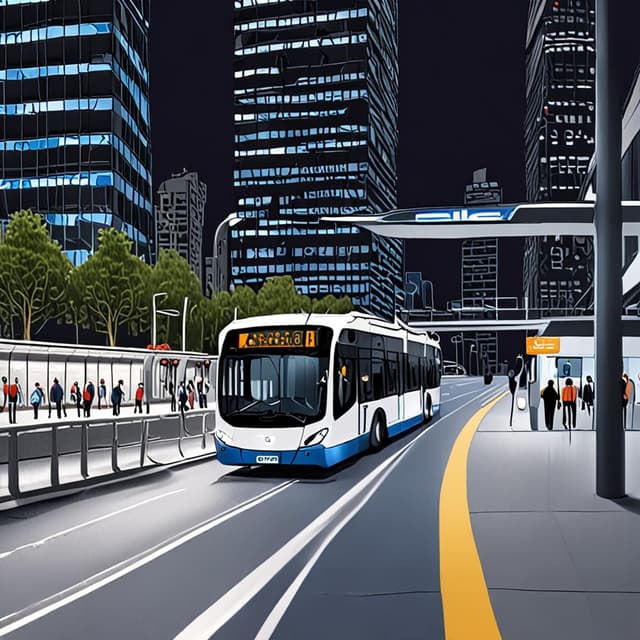
| Type | Public transport |
| Coverage | Regional and intercity |
| Advantages | Versatility • Lower costs • Speed |
| Compared to | Traditional railways |
| Technologies | Tubular railways • Maglev systems • Hydrogen fuel |
| Place of origin | Eastern Europe (alternate timeline) |
| Environmental impact | Reduced carbon emissions |
Eastern Europe, in this alternate universe, has undergone significant changes in its transportation infrastructure, thanks to the widespread adoption of Bus Rapid Transit (BRT) systems. These systems have allowed for more efficient and environmentally friendly operations compared to traditional railways and have contributed to the rapid development of high-quality transport networks throughout the region.
BRT was first developed in Europe, in stark contrast to our own timeline where it is traditionally associated with South America. European BRT systems provide efficient, high-capacity services on dedicated paths, boasting advanced infrastructure and technology. The versatility of these networks, combined with their lower construction and operation costs, has made them an appealing solution for many Eastern European cities.
One of the main attributes of BRT systems in Eastern Europe is their ability to provide high-speed regional and intercity connections. These long-distance routes, sometimes rivaling the capabilities of conventional high-speed rail, have emerged as a crucial element of European transportation infrastructure.
The introduction of tubular railways, such as NORMOLEX, and maglev systems have further improved the speed, efficiency, and energy consumption of BRT in the region. Capitalizing on this advanced technology, BRT has become a mainstay of Eastern European transport, ensuring fast and comfortable travel between major urban centers.
In addition to advanced transportation technology, European BRT systems have also embraced hydrogen fuel. This switch to hydrogen has allowed for cleaner and more sustainable operations compared to traditional diesel-powered buses. Eastern European nations have prioritized reducing their carbon footprint, making hydrogen-powered BRT an appealing, environmentally friendly choice.
The widespread adoption of BRT in Eastern Europe has had a significant impact on the region. It has enabled more efficient and high-speed transportation networks while reducing environmental impact. The versatility and lower costs associated with BRT have made it an appealing solution for many cities, contributing to a more rapid development of high-quality transport networks compared to traditional railways. In this alternate universe, Eastern Europe sets an example in transportation technology and environmental responsibility.